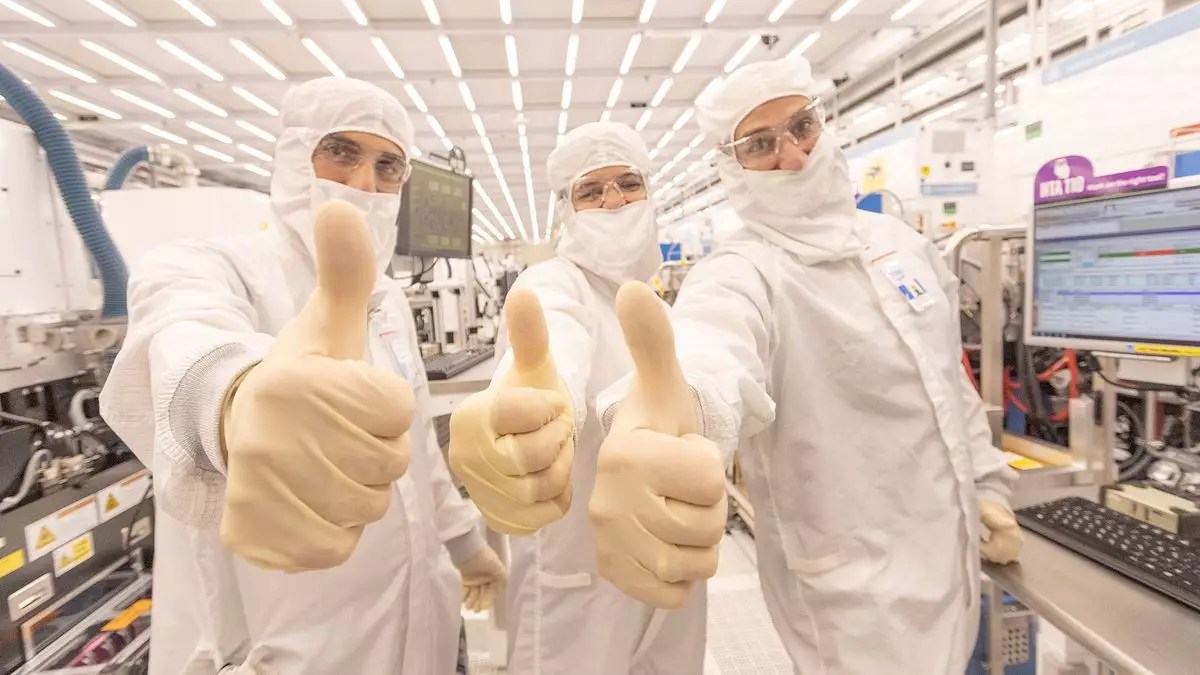Intel, a tech giant in the semiconductor industry, has been facing some major financial setbacks in recent times. The company’s stock has plummeted by almost 60% this year, indicating a significant decline in investor confidence. This downward trend is not limited to a specific segment of Intel’s business, but rather seems to be affecting the company as a whole.
In light of its financial struggles, Intel recently made a bold move by selling off its entire 1.18 million stake in Arm Holdings. This decision raised nearly $150 million for the company, a significant amount by any measure. The timing of this move is particularly noteworthy, considering that Intel had only recently partnered with Arm to ensure compatibility of future chips with its 18A production node.
While some may view Intel’s decision as a strategic shift towards a new business model, others see it as a desperate move to generate liquidity. The fact that Intel had to sell shares in a company it was partnering with raises concerns about the company’s financial health. Selling off a stake in Arm Holdings may seem insignificant in the grand scheme of things, especially when compared to Intel’s massive investment in new fabrication facilities. However, the optics of the move suggest underlying issues within the company.
As Intel continues to navigate its financial challenges, the long-term implications of its current strategy remain uncertain. The company’s decision to pursue a for-hire fabrication model, akin to that of TSMC, raises questions about its future direction. Intel’s willingness to produce chips for other companies, while simultaneously relying on external manufacturers for its own products, adds another layer of complexity to the situation.
Intel’s recent share sale of Arm Holdings highlights the company’s financial struggles and strategic uncertainties. While the immediate impact of the move may seem minimal in financial terms, its broader implications for Intel’s future remain unclear. As the semiconductor industry continues to evolve, Intel faces the challenge of adapting to a rapidly changing landscape. Only time will tell how successful the company’s new strategy will be in addressing its financial woes and restoring investor confidence.


Leave a Reply